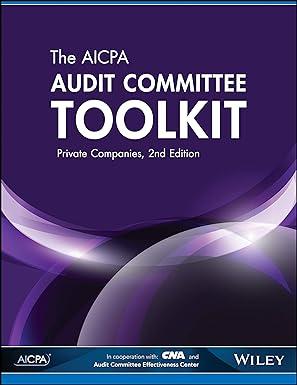questions continued :
11. Compare the platform of the party you selected with the platforms of the two Major parties. Then, explain which of the two major parties is most similar.
12. Based on your responses to #8, #9, and #10, compose an explanation that answers the question: "why is the party you selected likely to remain a 'minor' or 'third' party?"
Political scientists evaluate political parties along three dimensions: the party as an organization; the party in government (elected leaders and committees); and the party in the electorate (activists, voters, donors, etc.). Evaluate the party you selected using the same dimensions. Hint: Review the PowerPoint to aid your thinking. 7. Summarize whether the party you researched has chapters, sections, branches, or other organizational capacity in different states and/or cities. For example, is there a "Los Angeles Social Democratic" chapter? Is there a "Communist Party of San Francisco?" 8. Summarize whether or not the party you selected has any elected officials in office at any level of government, local, state, or national. Are there Mayors, council members, state assembly people, state senators, etc., that belong to your party? For instance, President Joe Biden is a member of the Democratic Party, so there is an elected official (the president) at the national level. Another example: Senator Mitch McConnell of Kentucky is a member of the Republican Party, so there is Republicans at the National level as well. 10. Summarize or estimate how many members the party you selected has. Be sure to explain how you arrived at that number. Political scientists evaluate political parties along three dimensions: the party as an organization; the party in government (elected leaders and committees); and the party in the electorate (activists, voters, donors, etc.). Evaluate the party you selected using the same dimensions. Hint: Review the PowerPoint to aid your thinking. 7. Summarize whether the party you researched has chapters, sections, branches, or other organizational capacity in different states and/or cities. For example, is there a "Los Angeles Social Democratic" chapter? Is there a "Communist Party of San Francisco?" 8. Summarize whether or not the party you selected has any elected officials in office at any level of government, local, state, or national. Are there Mayors, council members, state assembly people, state senators, etc., that belong to your party? For instance, President Joe Biden is a member of the Democratic Party, so there is an elected official (the president) at the national level. Another example: Senator Mitch McConnell of Kentucky is a member of the Republican Party, so there is Republicans at the National level as well. 10. Summarize or estimate how many members the party you selected has. Be sure to explain how you arrived at that number







